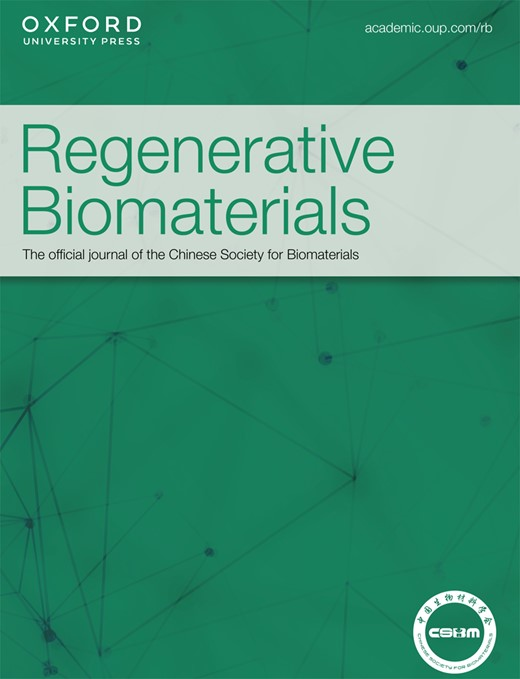Mild Synthesis of Ultra-Bright Carbon Dots with Solvatochromism for Rapid Lipid Droplet Monitoring in Varied Physiological Process
IF 5.6
1区 医学
Q1 MATERIALS SCIENCE, BIOMATERIALS
引用次数: 0
Abstract
Lipid droplets (LDs) participating in various cellular activities and are increasingly being emphasized. Fluorescence imaging Provides powerful tool for dynamic tracking of LDs, however, most current LDs probes remain inconsistent performance such as low Photoluminescence Quantum Yield (PLQY), poor photostability and tedious washing procedures. Herein, a novel yellow-emissive carbon dot (OT-CD) has been synthesized conveniently with high PLQY up to 90%. Besides, OT-CD exhibits remarkable amphiphilicity and solvatochromic property with lipid-water partition coefficient higher than 2, which is much higher than most LDs probes. These characters enable OT-CD high brightness, stable and wash-free LDs probing, and feasible for in vivo imaging. Then, detailed observation of LDs morphological and polarity variation dynamically in different cellular states were recorded, including ferroptosis and other diseases processes. Furthermore, fast whole imaging of zebrafish and identified LD enrichment in injured liver indicate its further feasibility for in vivo application. In contrast to the reported studies to date, this approach provides a versatile conventional synthesis system for high performance LDs targeting probes, combing the advantages of easy and high yield production, as well as robust brightness and stability for long-term imaging, facilitating investigations into organelle interactions and LD-associated diseases.温和合成具有溶解变色功能的超亮碳点,用于在各种生理过程中快速监测脂滴
脂滴(LDs)参与各种细胞活动,并日益受到重视。荧光成像为动态追踪脂滴提供了强有力的工具,但目前大多数脂滴探针的性能仍不稳定,如光致发光量子产率(PLQY)低、光稳定性差和清洗过程繁琐。在此,我们方便地合成了一种新型黄色发射碳点(OT-CD),其光量子产率高达 90%。此外,OT-CD 还具有显著的两亲性和溶色性,其脂水分配系数大于 2,远高于大多数 LDs 探针。这些特性使得 OT-CD 具有高亮度、稳定和免清洗的 LDs 探测特性,可用于体内成像。随后,详细观察了 LDs 在不同细胞状态下的形态和极性动态变化,包括铁突变和其他疾病过程。此外,斑马鱼的快速整体成像和损伤肝脏中 LD 的富集也表明了其在体内应用的进一步可行性。与迄今报道的研究相比,该方法为高性能 LDs 靶向探针提供了一个多功能的常规合成系统,兼具生产简便、产量高、亮度强、稳定性好、可长期成像等优点,有助于研究细胞器相互作用和 LD 相关疾病。
本文章由计算机程序翻译,如有差异,请以英文原文为准。
求助全文
约1分钟内获得全文
求助全文
来源期刊

Regenerative Biomaterials
Materials Science-Biomaterials
CiteScore
7.90
自引率
16.40%
发文量
92
审稿时长
10 weeks
期刊介绍:
Regenerative Biomaterials is an international, interdisciplinary, peer-reviewed journal publishing the latest advances in biomaterials and regenerative medicine. The journal provides a forum for the publication of original research papers, reviews, clinical case reports, and commentaries on the topics relevant to the development of advanced regenerative biomaterials concerning novel regenerative technologies and therapeutic approaches for the regeneration and repair of damaged tissues and organs. The interactions of biomaterials with cells and tissue, especially with stem cells, will be of particular focus.
 求助内容:
求助内容: 应助结果提醒方式:
应助结果提醒方式:


